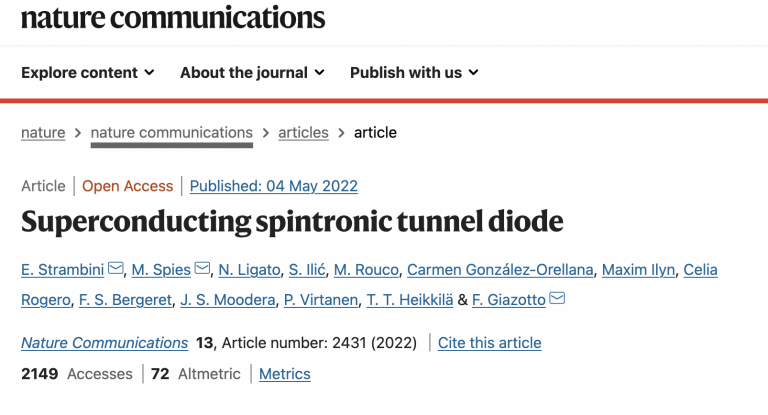Most of our everyday electronic appliances, such as radios, logic components or solar panels, rely on diodes where current can flow primarily in one direction. Such diodes rely on the electronic properties of semiconductor systems which cease to work at the ultralow sub-Kelvin temperatures required in tomorrow’s quantum technology. Superconductors are metals whose electrical resistivity is usually zero but, when contacted with other metals, can exhibit high contact resistance.
This can be understood from the energy gap, which indicates a forbidden region for electronic excitations that form in superconductors. It resembles the energy gap in semiconductors but is typically much smaller. While the presence of such a gap has been known for decades, the diode-like feature has not been previously observed, because it requires breaking the usually robust symmetry of the contact’s current–voltage characteristics.
Our new work “Superconducting spintronic tunnel diode” published on Nature Communications demonstrates how this symmetry can be broken with the help of a ferromagnetic insulator suitably placed in the junction.
The research finding was made as part of the SUPERTED project, which is being funded under the EU’s Future and Emerging Technologies (FET Open). This project aims at creating the world’s first superconducting thermoelectric detector of electromagnetic radiation, based on superconductor/magnet heterostructures.
More information: E. Strambini et al, Superconducting spintronic tunnel diode, Nature Communications (2022). DOI: 10.1038/s41467-022-29990-2

